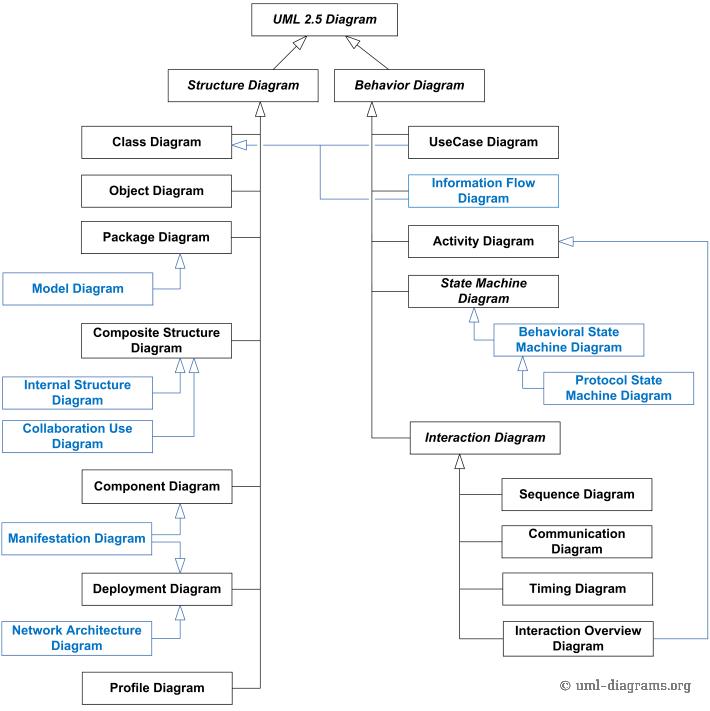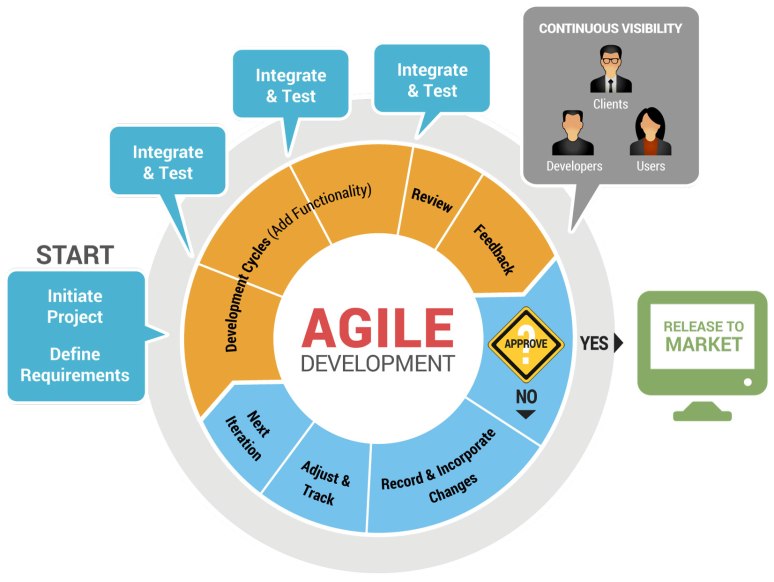Software development consists of many knowledge-intensive processes. One of the most difficult to model, however, is requirements elicitation. This paper presents a mathematical model of the requirements elicitation process that clearly shows the critical role of knowledge in its performance. One meta-process of requirements elicitation, selection of an appropriate elicitation technique, is also captured in the model. The values of this model are: (1) improved understanding of what needs to be performed during elicitation helps analysts improve their elicitation efforts, (2) improved understanding of how elicitation techniques are selected helps less experienced analysts be as successful as more experienced analysts, and (3) as we improve our ability to perform elicitation, we improve the likelihood that the systems we create meet their intended customers’ needs.
Requirements elicitation is recognized as one of the most critical, knowledge-intensive activities of software development; poor execution of elicitation will almost guarantee that the final project is a complete failure. Since project failures are so rampant, it is quite likely that improving how the industry performs elicitation could have a dramatic effect on the success record of the industry.
To better understand the importance of the current paper, let us contrast its goal with the goal of the many dozens of writings, e.g., that present a specific methodology for elicitation broken down into multiple steps.
In this paper we use specific definitions for some terms:
- Requirements Process. The activities that when performed result in an understanding and documentation of the desired external behavior (i.e., the requirements) of a system.
- Process Model. A representation showing the processes to be performed in order to achieve some well-defined goal.
- Technique. A documented series of steps along with rules for their performance and criteria for verifying completion. A technique usually applies to a single process Continue reading "Software requirements"








